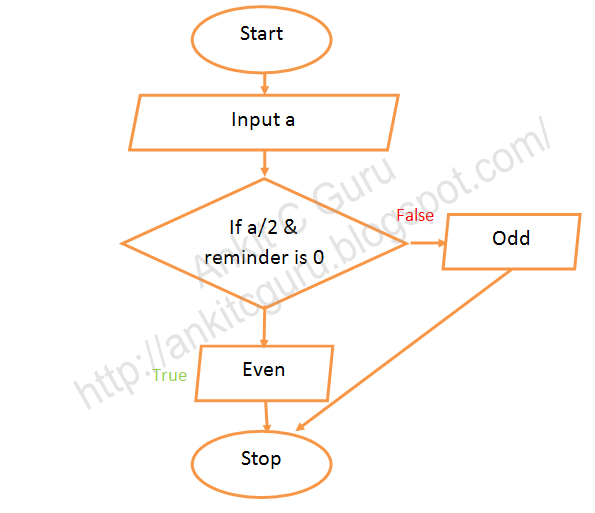Bitwise operator
Bitwise operator
The c# bitwise operators I shall be covering here and are of particular interest to me in my followup post are:
- Bitwise AND( & )
- Bitwise OR( | )
- Bitwise NOT ( ! )
- Bitwise XOR (^)
- Bitwise Shift operator
Bitwise AND( & ):- And operators are predefined for the integral types and bool.
For integral types, & computes the logical bitwise AND of its
operands. For bool operands, & computes the logical AND of its
operands; that is, the result is true if and only if both its operands
are true.
| A | B | A & B |
|---|---|---|
| True | True | True |
| True | False | True |
| False | True | True |
| False | False | False |
Bitwise OR( | ):-OR operators are predefined for the integral types and bool. For
integral types, | computes the bitwise OR of its operands. For bool
operands, | computes the logical OR of its operands; that is, the result
is false if and only if both its operands are false.
| A | B | A | B |
|---|---|---|
| True | True | True |
| True | False | False |
| False | True | False |
| False | False | False |
Bitwise NOT(!):-NOT operator are predefined for the integral type and bool.For integral types,! computes the bitwise ! of its operands .For bool operands,! computes the logical ! of its operands.this converts false statement in true and converts true statement in false.
| A | B | A & B |
|---|---|---|
| True | False | True |
| True | False | True |
| False | True | True |
| False | False | False |
Example:-
int a=2;
if(a!=2) //In this a=2 but by using ! it became false statement
{
//statements
}
if(a!=0) //In this a is not equal to 0 but by using ! it became true statement
{
//statements
}
Bitwise XOR:-The bitwise XOR operator is indicated by a caret ( ^
) and, of course, works
directly on the binary form of numbers. Bitwise XOR is different from
bitwise OR in that it returns 1 only when exactly one bit has a value of
1. Here is the truth table:
| A | B | A^B |
|---|---|---|
| False | False | True |
| False | True | False |
| True | False | False |
| True | True | True |
Bitwise Shift operator :-
The bitwise shift operators move the bit values of a binary object. The
left operand specifies the value to be shifted. The right operand specifies
the number of positions that the bits in the value are to be shifted. The
result is not an lvalue. Both operands have the same precedence and are left-to-right
associative.
| Operator | Usage |
|---|---|
| << | Indicates the bits are to be shifted to the left. |
| >> | Indicates the bits are to be shifted to the right. |
Each operand must have an integral or enumeration type. The compiler performs
integral promotions on the operands, and then the right operand is converted
to type int. The result has the same type as the left operand (after
the arithmetic conversions).
| Operator | Description | Example |
|---|---|---|
| & | Binary AND Operator copies a bit to the result if it exists in both operands. | (A & B) will give 12 which is 0000 1100 |
| | | Binary OR Operator copies a bit if it exists in eather operand. | (A | B) will give 61 which is 0011 1101 |
| ^ | Binary XOR Operator copies the bit if it is set in one operand but not both. | (A ^ B) will give 49 which is 0011 0001 |
| ~ | Binary Ones Complement Operator is unary and has the efect of 'flipping' bits. | (~A ) will give -60 which is 1100 0011 |
| << | Binary Left Shift Operator. The left operands value is moved left by the number of bits specified by the right operand. | A << 2 will give 240 which is 1111 0000 |
| >> | Binary Right Shift Operator. The left operands value is moved right by the number of bits specified by the right operand. | A >> 2 will give 15 which is 0000 1111 |



Comments
Post a Comment